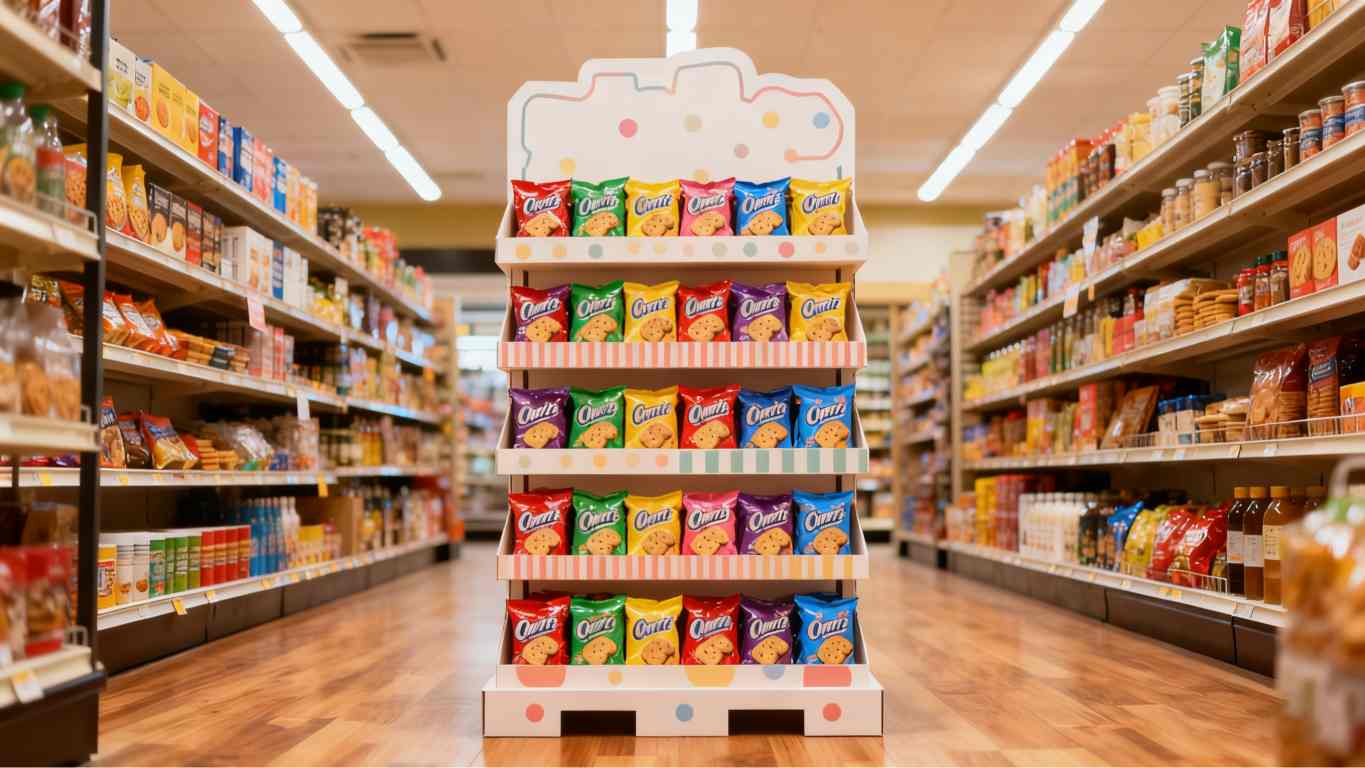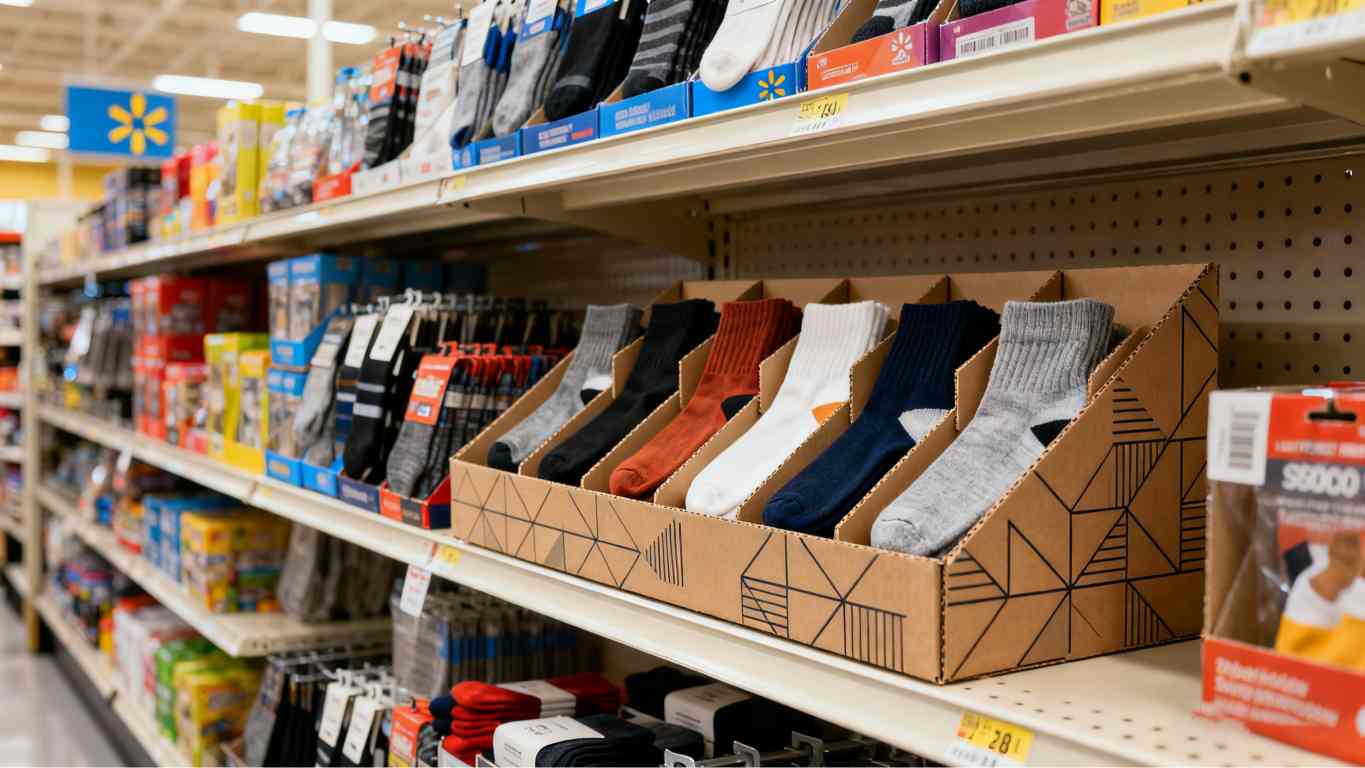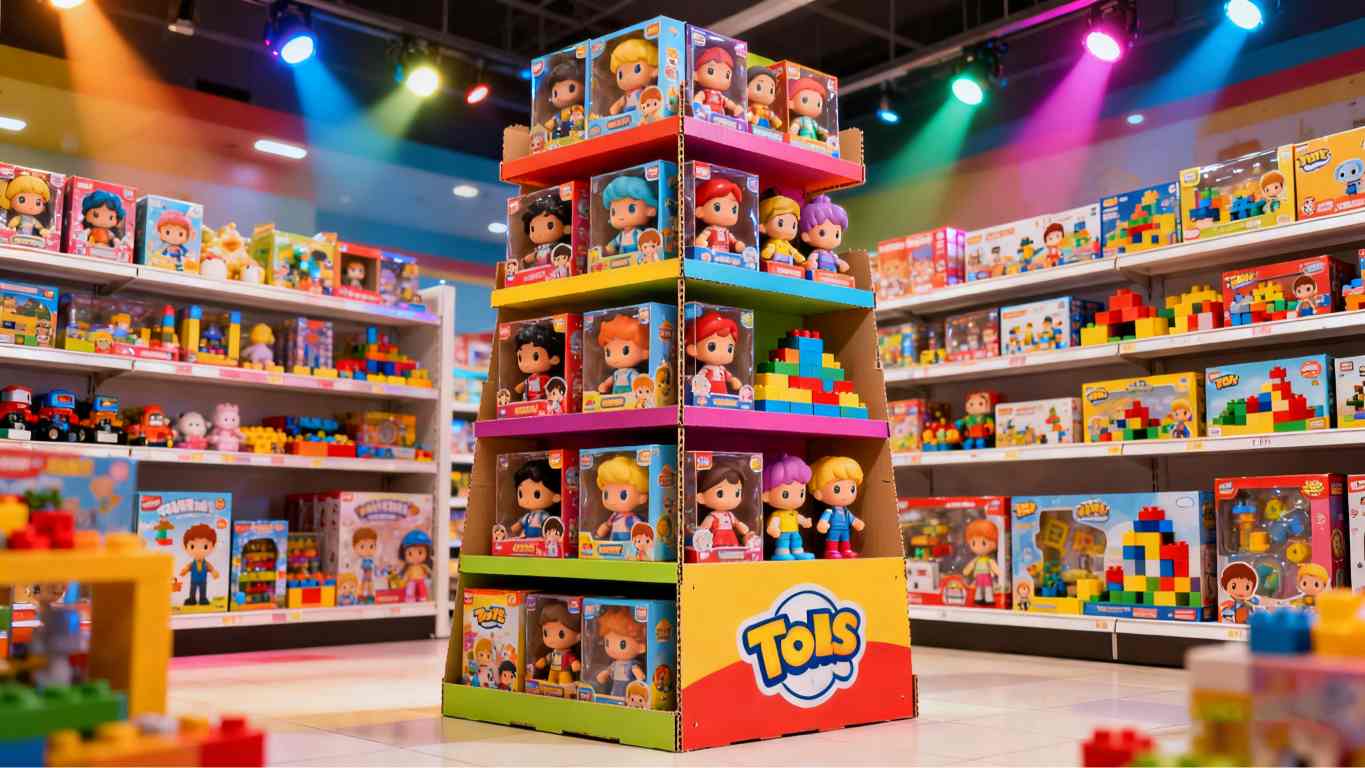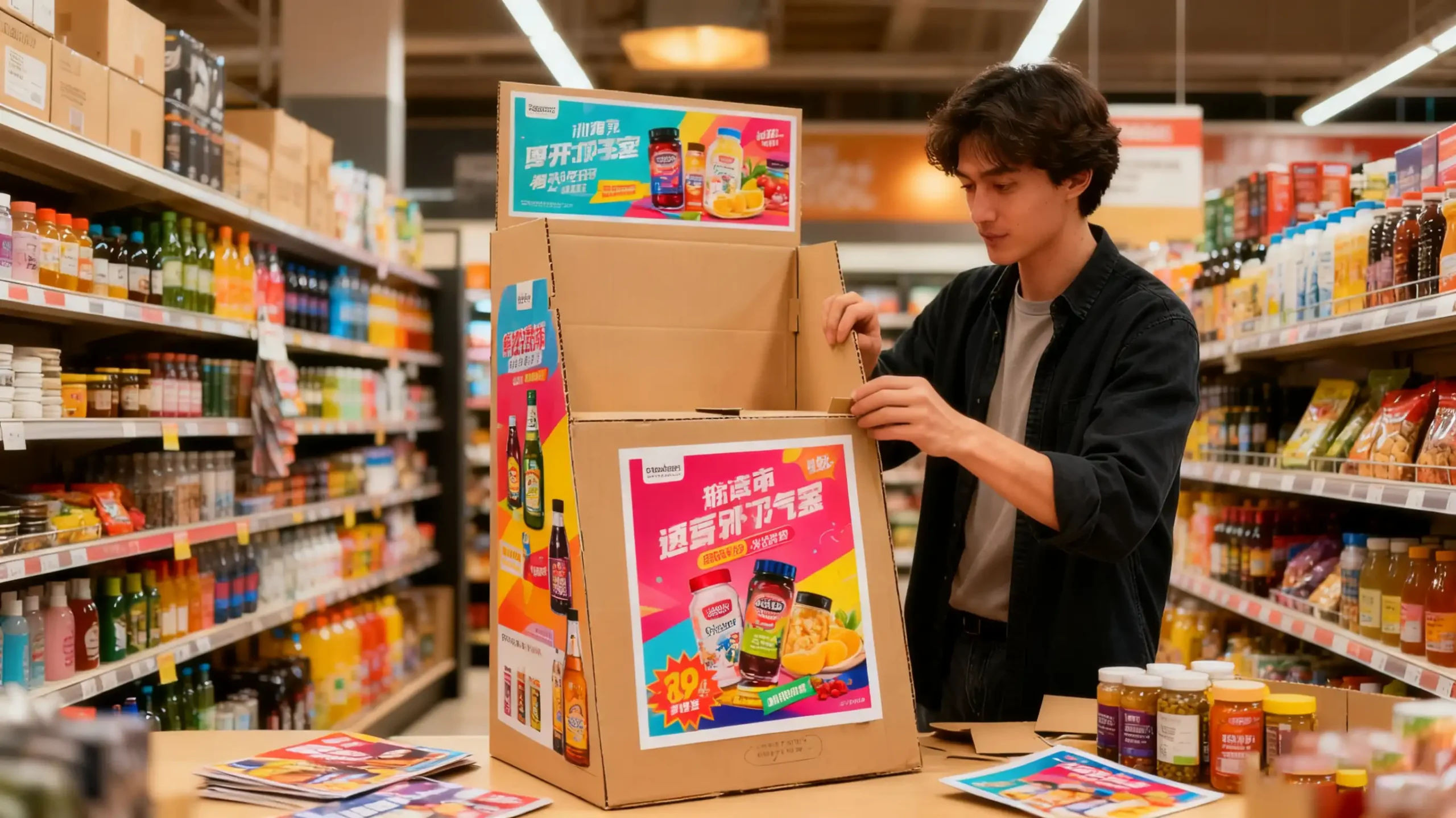Struggling to get your cosmetic display noticed? Standard rectangular stands often blend into the background. Let's explore unique shapes that capture a customer's attention instantly and make a real impact.
To make cosmetic displays stand out, use unique shapes like curves, asymmetrical lines, or product-mimicking forms. Combine these with striking visual elements such as bold colors, unique textures, and interactive lighting. This combination creates a memorable and engaging experience for shoppers in a crowded retail space.
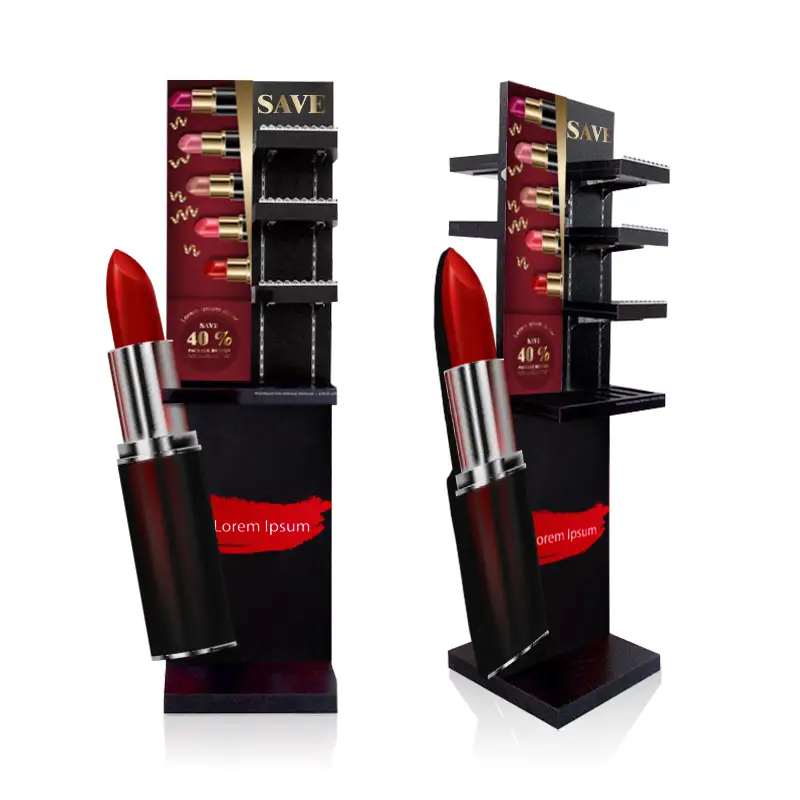
I've seen countless displays over my 16 years in this business. The ones that truly succeed go beyond just holding products; they tell a story. They pull you in with something unexpected. But how exactly do you achieve that? It starts with breaking free from the standard box. Let's look deeper into how specific elements can make all the difference.
How can geometric and asymmetrical shapes create impact?
Are your designs feeling a bit too predictable? Standard shapes are safe but rarely exciting. Let's break the mold with geometry and asymmetry to create truly dynamic and effective displays.
Geometric shapes like hexagons or circles create visual harmony and a modern feel. Asymmetrical designs, on the other hand, build tension and draw the eye to specific products. This strategic use of shape guides the customer's focus and makes the entire display more memorable and impactful.
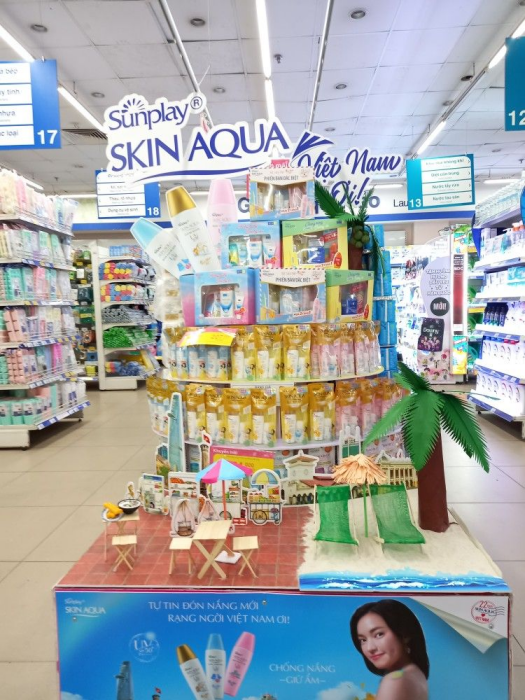
When we move beyond the basic rectangle, we open up a world of possibilities. It’s about matching the shape to the brand's identity. I remember a project for a luxury face cream. The client wanted something elegant. Instead of a typical tiered shelf, my team and I designed a cascading, wave-like structure. At first, there was concern about the production cost, but we engineered the internal supports to be simple yet strong. The final display felt as smooth and luxurious as the product itself, and it really resonated with customers.
The Power of Curves and Circles
Curves suggest softness, elegance, and flow. This makes them perfect for skincare or high-end makeup lines. The continuous lines are pleasing to the eye and can make a display feel more organic and inviting.
The Edge of Angles and Asymmetry
Sharp angles and asymmetrical layouts create energy and excitement. This approach works great for bold, vibrant cosmetic brands aimed at a younger audience. Imagine a display with shelves jutting out at odd angles, each one highlighting a different bright lipstick shade. It creates a sense of movement and fun. It might seem structurally challenging, but with clever engineering and reinforced cardboard, it is very achievable and effective.
| Feature | Standard Rectangular Display | Unique Geometric/Asymmetrical Display |
|---|---|---|
| Visual Impact | Low, it blends in | High, it stands out |
| Brand Storytelling | Limited, very generic | Strong, it reflects the brand's personality |
| Customer Engagement | Passive viewing | Active exploration and interest |
| Perceived Value | Standard and common | Premium and innovative |
What role do materials and textures play in visual appeal?
Does your display look good but feel bland? Visuals are only half the story. The right material and texture can transform a design from something seen to something felt, creating a deeper connection.
Materials and textures add a crucial sensory layer. A matte finish can feel luxurious and modern, while a glossy surface looks vibrant and energetic. Embossing logos or patterns adds a tactile element that encourages customers to touch and engage, making the brand and product more memorable.
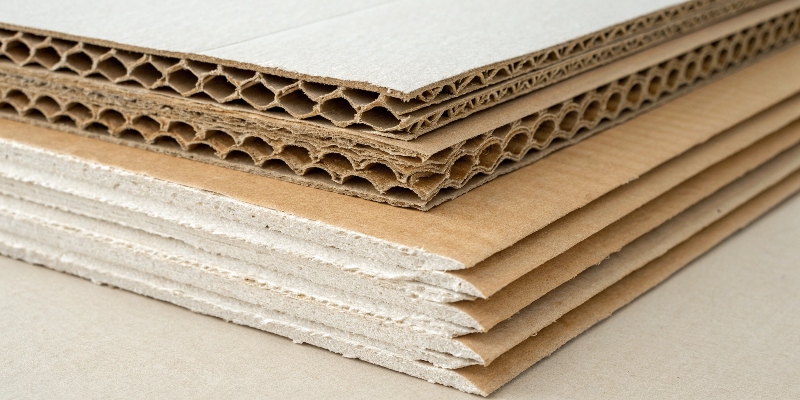
The sense of touch is powerful in retail. When a customer physically interacts with a display, it creates a stronger memory of the brand. As designers, we have the ability to influence this interaction through our material choices. It’s an aspect of display design that I believe is often overlooked but holds incredible potential to elevate a brand's presentation.
Choosing the Right Finish
The finish of the cardboard can completely change the mood of a display. A matte finish is perfect for sophisticated, high-end brands. It absorbs light, giving the products on display a premium feel. On the other hand, a glossy finish is excellent for youthful, energetic brands, like those selling lip gloss or glitter eyeshadow. The shine catches the eye from across the store. I once worked on a display for an organic skincare line. We chose an uncoated cardboard stock with a matte finish. The natural, slightly rough texture instantly communicated the brand's eco-friendly message without a single word.
Adding Depth with Texture
We can also add physical texture. Techniques like embossing or debossing a logo or pattern can make a huge difference. Imagine a display for a floral-scented perfume. We could emboss a subtle flower pattern onto the back panel. This detail adds a layer of quality and reinforces the product's story. It shows the customer that the brand cares about the small details. This is where a talented designer can balance a beautiful aesthetic with the practical limits of printing and cutting machines.
How can interactive elements transform a cosmetic display?
Is your display just sitting there on the shelf? A static display is a missed opportunity for engagement. Let's make it an active experience that shoppers can't resist interacting with.
Interactive elements like QR codes, small screens, or "lift and learn" panels transform a passive display into an active experience. They provide more product information, offer tutorials, and capture customer attention for longer, which significantly boosts engagement and the likelihood of a purchase.
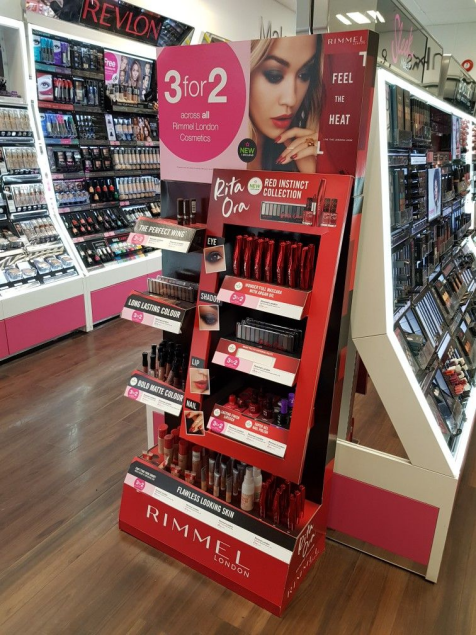
The goal is to make the shopper stop and play. When someone engages with a display, they spend more time with the product, which is always a good thing. In my experience, even the simplest interactive feature can dramatically increase a display's effectiveness. You don't need expensive, high-tech solutions. Sometimes, creativity is more important than technology.
Simple Tech, Big Impact
A simple QR code is a great example. A few years ago, we were designing a display for a new foundation that came in many different shades. We put a QR code right next to the testers. It linked to a mobile-friendly site that helped customers find their perfect shade match. This was a low-cost addition, but it solved a real problem for the customer right at the point of sale. Simple LED strip lighting that slowly pulses or changes color is another affordable option that makes a display feel dynamic and modern.
Physical Interaction
People love to touch and discover things. We can design displays with flaps that reveal a "secret" beauty tip or a "before and after" photo. A small spinning wheel showing different product benefits is also effective. I recall a project for a mascara line where we created a small pull-out tab that showed a life-size image of the brush. It was a simple, mechanical interaction, but customers loved it. It was playful and informative, making them pause and consider the product instead of just walking by.
Conclusion
Unique shapes, thoughtful materials, and simple interactive features are key. They turn a simple product holder into a powerful sales tool that captures attention and tells your brand's story.



